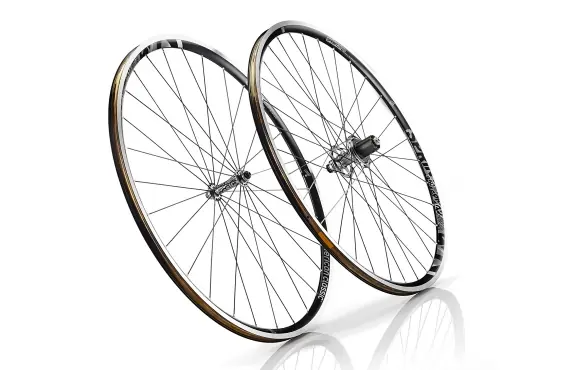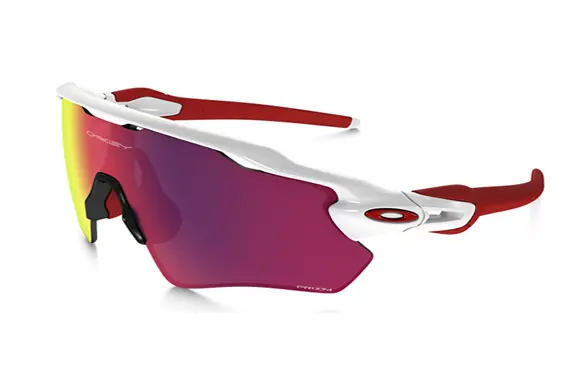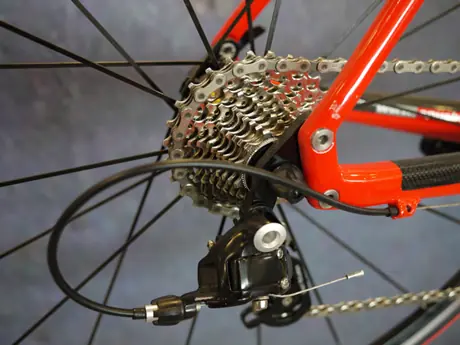Next step: How does different gearing set up affect gear ratio?
So, your highest and lower gear ratio will be determined by the crank set you have and the size of the smallest and largest cogs on your cassette. Go and count the teeth now, write it down and come back to finish reading this.
Now take the number of teeth on your large chain ring and divide it by the number of teeth on your smallest cassette cog. This gives you your highest gear ratio and therefore how fast and how much power you can put in on the flat or downhill.
Then take the small chain ring and divide the number of teeth by those on the largest cog on your cassette. This is the lowest gear ratio you can achieve with your gearing set up and will determine how easy you can make a climb feel.
This calculation often helps people decide between a triple and a compact. E.g. a triple with a 30-tooth chain ring and an 11-25 cassette will give you about the same lowest gear ratio as a compact with a 34 chain ring and an 12-28 cassette.
These days you can get cassettes in a wide variety of sizes and match your lowest gear ratio to your personal ability and riding terrain.
More: 3 Shifting Tips for Rookie Cyclists
Finally: Using your gears for maximum efficiency and speed.
Continually pushing a gear that is too high for you will result in fast fatigue and possible injury. Instead you should try and maintain a nice steady rhythm and cadence, changing up and down the gears as the terrain undulates.
Also, you'll notice that the gear ratios you achieve at the two extremes of large chain ring with large cassette cog and small chain ring with small cassette cog can also be easily achieved with an alternative chain ring/cog combination towards the middle of the cassette. "Cross chaining" as it is known is not great for the bike or chain and is unnecessary.
Here's an example of different gear ratios for a couple of different set ups:

You'll notice that you achieve exactly the same gear ratio using the 53–15 as you do using the 39-11, except that using 39-11 will cause the chain to be stretched at an extreme angle and therefore wear it faster (and you'll get that annoying clicking sound!).
More: How to Make Shifting Work for You
So What Should I Put On My Bike?
To a certain extent it is a matter of trial and error. There is no standard recommendation for e.g. a century ride with 8,000 feet of climbing. It really does depend on the rider.
But, I can tell you...I've never heard anyone saying "I wish I had less gears!" More often than not I hear people struggling up a hill in their lowest gear ratio and wishing that they had another couple of slightly larger cogs on the back cassette.
As a guide, if you can't maintain a steady cadence of 80 on a long hill of about 6-7 percent then you should consider a bigger cassette at the back. Trust me, this could make you faster and you may just discover your inner grimpeur.
More: Variable Gearing With Dave Scott
 Ready to ride? Search for a cycling event.
Ready to ride? Search for a cycling event.- 2
- of
- 2
About the Author










Discuss This Article